Innovations in Food Technology
Advancements in food technology are playing a pivotal role in shaping the food fortification market. Innovations such as microencapsulation and bioavailability enhancement techniques allow for more effective delivery of nutrients in fortified products. These technological improvements enable manufacturers to create fortified foods that not only meet regulatory standards but also appeal to consumer preferences for taste and texture. The food fortification market is experiencing a surge in product development, with companies investing in research to create innovative solutions that cater to health-conscious consumers. For instance, the introduction of fortified snacks and beverages has gained traction, with market analysts estimating a growth rate of 12% in this segment over the next five years. This trend underscores the potential for continued innovation in the food fortification market.
Rising Nutritional Deficiencies
The increasing prevalence of nutritional deficiencies in the US population is a critical driver for the food fortification market. Reports indicate that approximately 10% of the US population suffers from vitamin D deficiency, while iron deficiency affects around 5% of women of childbearing age. This situation compels food manufacturers to enhance their products with essential vitamins and minerals to address these gaps. The food fortification market is responding by developing fortified foods that cater to specific demographic needs, such as children and pregnant women. As awareness of these deficiencies grows, consumers are more inclined to seek fortified products, thereby driving market growth. The estimated market value for fortified foods in the US is projected to reach $30 billion by 2026, reflecting the increasing demand for nutritional solutions.
Consumer Awareness and Education
Consumer awareness regarding the benefits of fortified foods is significantly influencing the food fortification market. Educational campaigns by health organizations and government bodies have heightened public understanding of the importance of micronutrients in daily diets. This awareness is particularly evident among parents who are increasingly concerned about their children's nutrition. As a result, there is a growing preference for products that are fortified with essential vitamins and minerals. The food fortification market is witnessing a shift in consumer behavior, with more individuals actively seeking out fortified options. Market data suggests that the demand for fortified dairy products has surged by 15% in the past year alone, indicating a robust trend towards health-oriented food choices. This trend is likely to continue as consumers become more informed about the nutritional value of fortified foods.
Government Initiatives and Policies
Government initiatives aimed at improving public health are significantly impacting the food fortification market. Policies that promote the fortification of staple foods, such as flour and salt, have been implemented to combat widespread deficiencies in essential nutrients. The US government has established guidelines that encourage food manufacturers to fortify their products, thereby enhancing the nutritional quality of the food supply. The food fortification market benefits from these regulatory frameworks, which not only support public health objectives but also create a favorable environment for market growth. Recent data indicates that states with mandatory fortification policies have seen a 20% reduction in certain nutrient deficiencies among their populations. This proactive approach by government entities is likely to sustain the momentum of the food fortification market.
Growing Demand for Functional Foods
The increasing consumer interest in functional foods is a notable driver for the food fortification market. As individuals seek foods that offer health benefits beyond basic nutrition, fortified products are becoming more appealing. This trend is particularly pronounced among millennials and health-conscious consumers who prioritize wellness in their dietary choices. The food fortification market is responding by introducing a variety of functional foods that are enriched with probiotics, omega-3 fatty acids, and other beneficial ingredients. Market Research Future indicates that the functional food segment is expected to grow at a CAGR of 8% over the next five years, reflecting the rising demand for products that support overall health. This shift towards functional foods is likely to further propel the food fortification market.


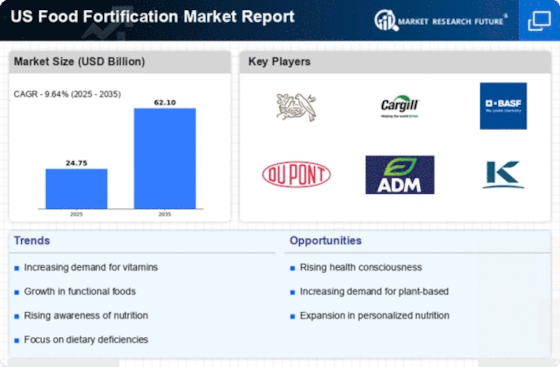
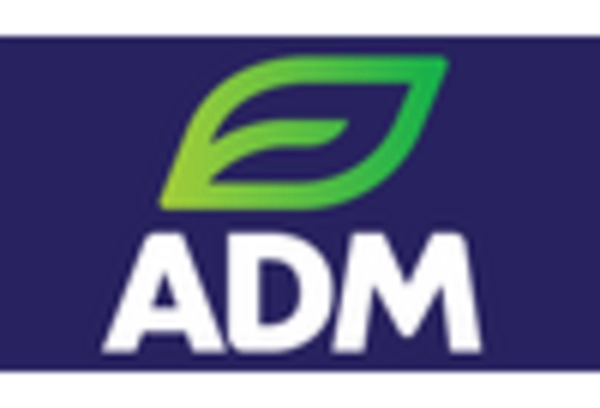
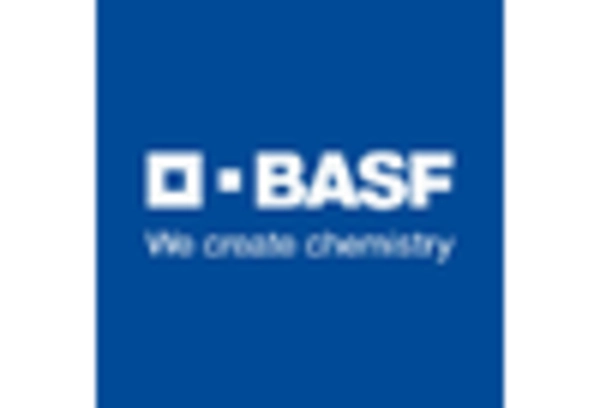
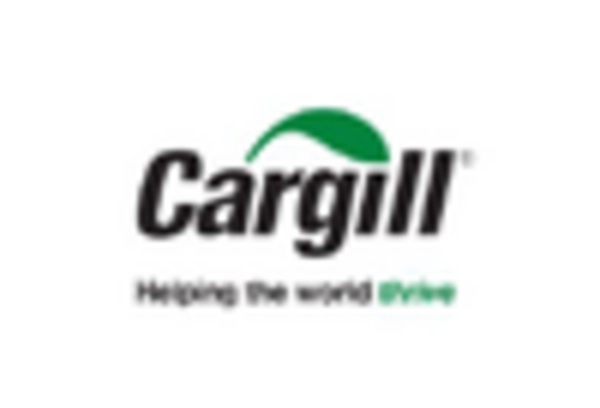
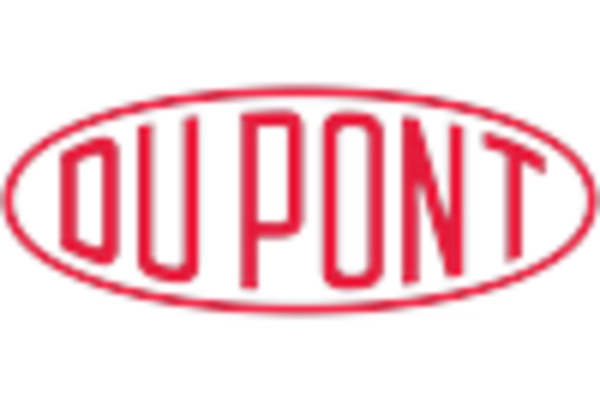
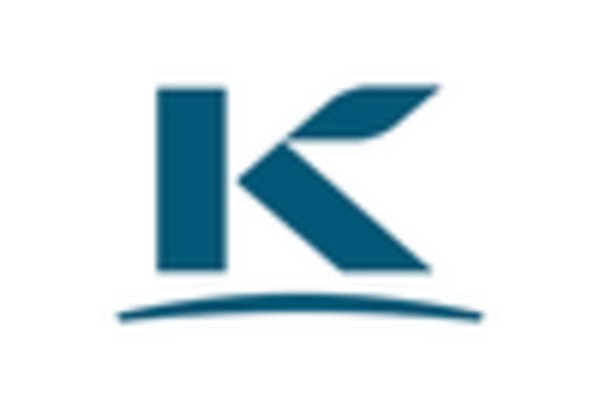
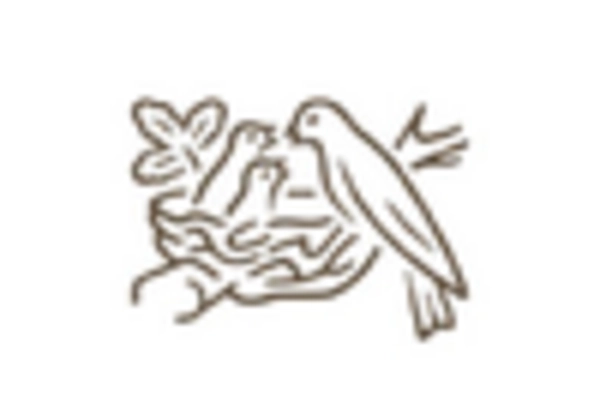








Leave a Comment